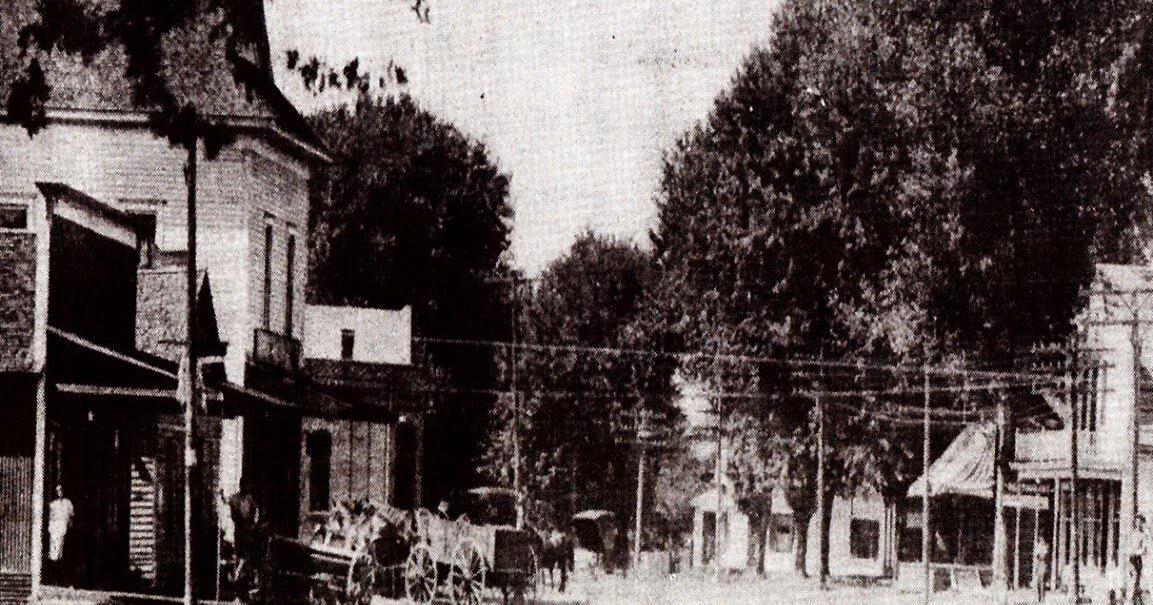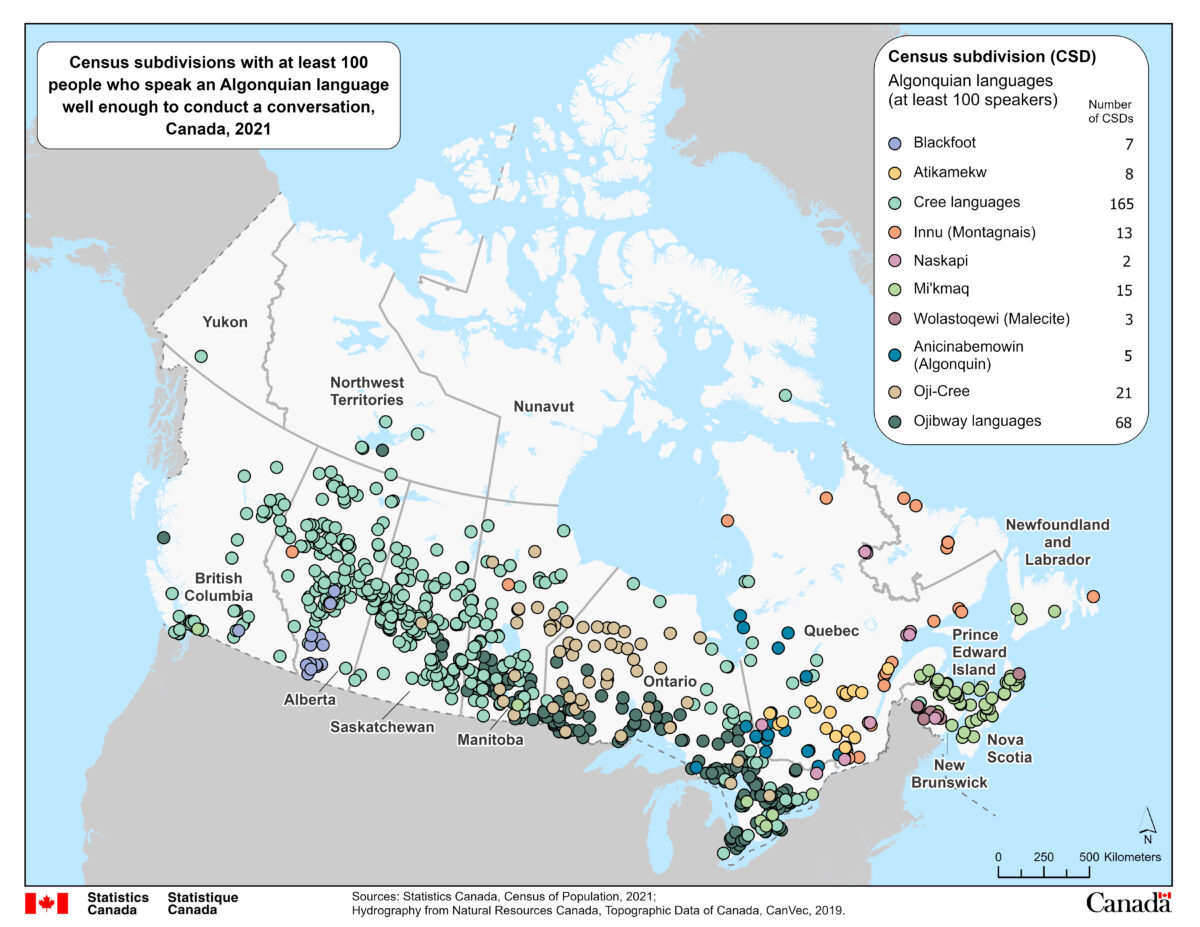Three collisions, two suspects, one person dead.
Ontario Provincial Police are continuing to investigate a wild series of events on Saturday that began with an early morning collision in Munsee-Delaware Nation, and ended with two men arrested, one at a home in Brantford.
Emergency crews, including Oneida and Chippewas of the Thames police services, were called to a single-vehicle crash on Jubilee Road near Dodem Way around 5:30 a.m.
When they arrived, an unresponsive woman, 24, was located at the scene and taken to hospital, where she was pronounced dead, police said.
No other identifying information about the victim has been released, and her death is being investigated by the OPP’s Criminal Investigation Branch, police said.
“It was determined that two males involved in the incident had fled and were involved in the theft of a vehicle. One male was located in the area and was taken into custody without incident,” police said in a media statement Saturday.
Police said the other male suspect drove into Oxford county, where he was involved in a collision. It’s alleged he then stole another vehicle, and was involved in another collision along Hwy. 24 in Brant County around 10:30 a.m.
He allegedly fled on foot and was located by Brantford police and the OPP at a nearby home.
#BrantOPP is currently on scene at a collision involving two pickup trucks on #Highway24 in #BrantCounty. No injuries reported, but one driver has been taken into custody. (1 of 2) ^ag pic.twitter.com/S63OOcD4T7
No other information has been released by police, other than investigations into the woman’s death and the collisions are ongoing. Neither suspect was physically injured.
Police said the two men will appear in court in London at a later date, however they did not specify any charges.







